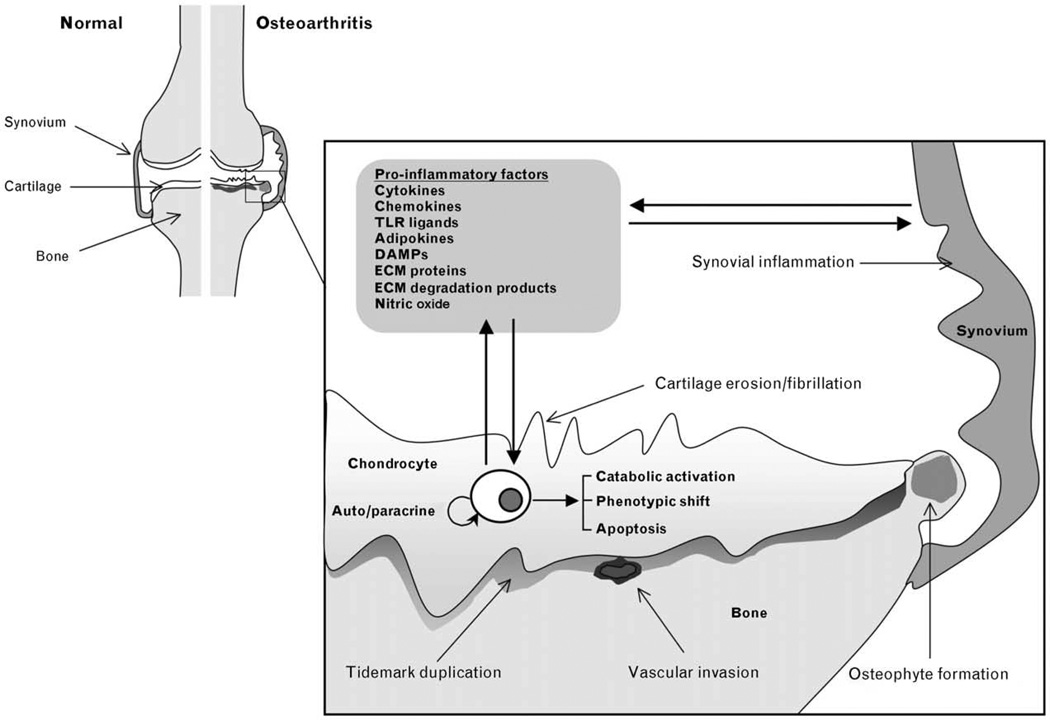Figure 1. Key mediators involved in proinflammatory events in osteoarthritis.
In response to alterations in the joint environment, inflammation-induced and stress-induced signaling pathways may be activated in the synovium and cartilage resulting in the production of cytokines, chemokines, adipokines, Toll-like receptor (TLR) ligands, and other inflammatory mediators such as nitric oxide. This may occur also in response to alterations in the pericellular matrix or the release of damage-associated molecular patterns, which are TLR and RAGE ligands. The consequent upregulation of cartilage-degrading proteinases by extracellular matrix (ECM) proteins or ECM degradation products can further promote catabolic activation, phenotypic shift, and apoptosis.

